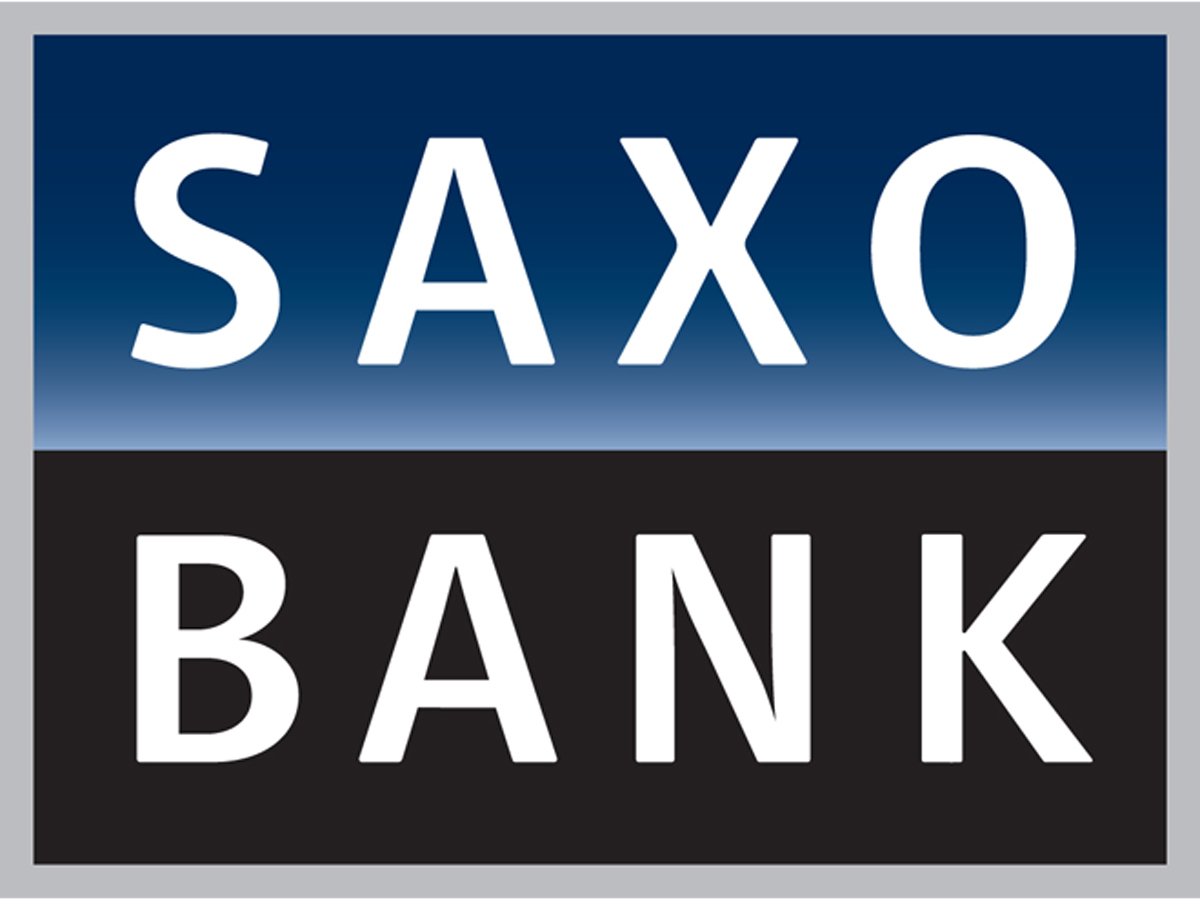By Fuad Karimov, Saxo Bank
Becoming a pro trader is an investment in itself, in terms of time and effort. As traders grow from novice to pro level, it's usual to experience ups and downs along the way
One of the most important decisions to make as a trader is which instruments to trade. While trading online brings many advantages, traders should take the time to understand the risks inherent in any online trade, and choose financial instruments that are appropriate to the level of experience of the individual.
Many traders starting out often begin with products they are already familiar with and may be considered lower-risk, such as bonds, stocks, currencies, or ETFs. Stocks from the US, Europe and Asia can be popular to help clients creating their ideal portfolios. All the aforementioned products can be used as collateral for marginal products such as CFDs, and futures once the investor feels comfortable with his trading strategy and decisions.
Trading online is exciting, especially when the market is volatile and prices move quickly. However, volatility can be potentially risky and such conditions are often when the divisions between pro traders and inexperienced market participants are most obvious. What can we learn from pro traders? There are some key elements that traders of all experience levels should consider in order to take their trading to the next level.
Leverage
Investors and traders mainly employ the use of leverage to generate greater returns on their assets. Through the use of leverage, traders can take a bigger position in the market which can generate higher returns, but also increases the level of risk. It's important to be wary of high leverage - especially during volatile market trading periods - as the possibility of excessive losses is greatly enhanced in highly leveraged positions.
Stop-loss orders
What with so many details to look over and consider when weighing up a stock buy or an entry to the FX market, it's easy to forget about the little things. Stop-loss orders may seem like one of those little things, but pro traders use stop loss orders to do precisely what the name suggests - stop their losses. Employing stop-loss orders can also make the world of difference to trading success. A stop-loss is an order placed to buy or sell once the stock or other financial product reaches a certain price. A stop-loss is designed to limit an investor's loss on a security position. Setting a stop-loss order for 10% below the price at which the instrument was bought, will limit losses to 10%.
Using a trading plan
Successful traders all work to some kind of plan. They each have their preferred products that they regularly trade and a risk management strategy in place. It's important that each trader should prepare their own plan, taking into account personal trading styles and goals. For example, a trader might decide to have a risk: reward ratio strategy of 1:2 or 1:3, with their stop losses built around this strategy. Having a plan in place is really important so that trader is clear about when will take profit or loss - it helps to overcome the psychological challenges of trading too.
Timing your trades
So much of trading success is down to strategically timing the entry and exit of trades. While stock markets are only open for 8 hours a day, the forex markets are open 24 hours a day, 5 days a week. It's not possible to be awake and monitoring the markets for 24 hours each day; depending on the individual trading plan and mix of products being traded, each trader will decide when they are going to focus on the market. For example, most market movements for the US dollar and Japanese yen pair (USD/JPY) happen during the Asian trading session, so if a trader is investing in this pair they need to be monitoring the market during this time.
Many of the more popular indexes are based on US or European indexes. Therefore if trading CFDs on indexes then traders need to be monitoring the market during the European and US sessions, especially when these two sessions cross over.
Being aware of the market
Staying ahead of the trend and making smart trading decisions means being aware of the market. Fundamental and technical research and analysis are the main methods pro traders use to evaluate the current situation in the markets. By carefully studying historical data and by examining related economic, financial and other qualitative and quantitative factors, pro traders look for emerging trends to guide their trading decisions.
Learning from others
For traders looking to assess the market consensus and to see what other clients are trading, Saxo Bank has developed own analytical resource - Trading Floor.com. The growing influence of social networks was one of the motivating factors behind Saxo Bank's launch last year of this revolutionary social trading platform.
The portal helps to share your trades online and interact with other traders, see verified performance data of successful traders in real time and copy their trades, watch Saxo TV, Financial Calendar, Educational tutorials. It also offers to use variety of additional tools: FX Open Orders/Positions, Stock Screener, FX correlations table. Saxo Bank also releases quarterly outlooks, which are divided according to different instrument classes and sectors to provide clients with a professional overview of the market.
Choose wisely
Success in trading is about choosing wisely and taking the time to ensure you recognise the risks. All traders and investors, regardless of their expertise, should always carefully select a reliable, licensed and regulated broker who provides fast execution and deep liquidity. Knowing what you're trading and the trading within a balanced risk management system will go a long way to supporting trading success.






